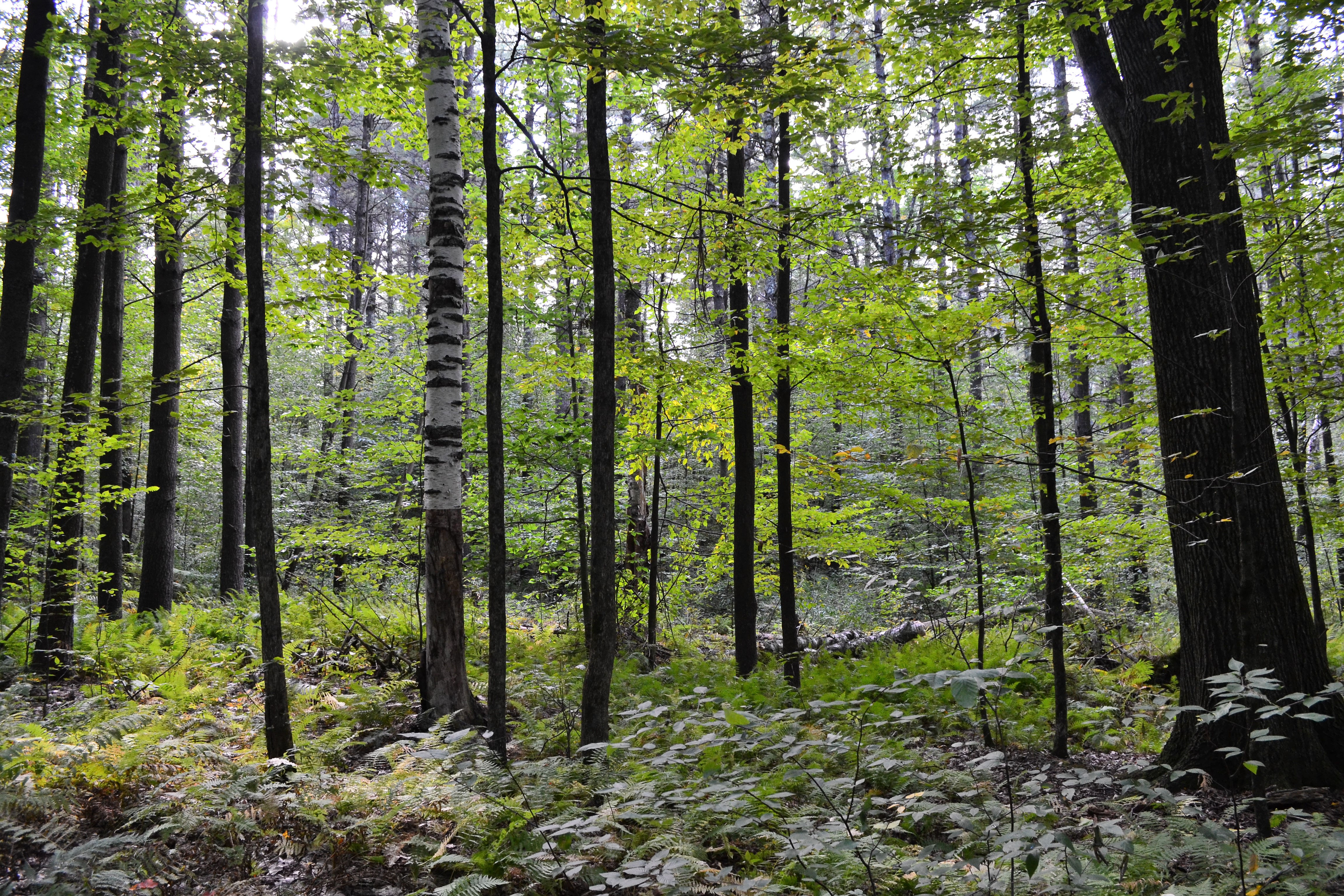Current Use: Maintaining Enrollment
This next installment of our look at the Current Use program goes over actions landowners should take and considerations to keep in mind in order to keep their forests enrolled in the program.
As was previously stated in earlier articles, for forestland to qualify for the program a parcel must be at least 25 acres with at least 20 acres of forest that will be managed under an approved forest management plan. Parcels with productive soil can have plans that revolve around sustainable timber harvest and are compatible with other goals like wildlife habitat,
watershed protection, recreation, and others.
Upon enrollment following your management plan is the main responsibility for landowners. Creating an approved 10-year management plan is a requirement for enrollment into the Current Use program. This plan should explain the long-term forest management goals for the land, describe forest stand conditions, and provide a detailed map and schedule for forest
management activities. Plans need to be updated every ten years with current data, objectives, and a schedule of activities in the next ten years in order to be assessed at use value.
Making sure your enrolled parcel is being managed in a way that aligns with the management plan is an ongoing task. Landowners should keep the plan in mind when doing any work. Additions like building another home or structure on the property could disqualify the parcel from the program because residential areas are not included in the total acreage of a
parcel. The addition of a new structure may drop the parcel to below 25 acres and thus disqualify the land from the program. A landowner would have to consider if they have enough acreage to build a structure and maintain eligibility before setting out to build it.
Changes to the prescribed activities or the timeline of activities in the management plan require submission and approval of an amendment to the plan. Consulting foresters can help make and implement the changes to the plan.
To maintain eligibility, landowners must also submit a Forest Management Activity Report (FMAR) to the Tax Department detailing any management activities from the previous year. This is due by February 1 st each year. Management activities can include anything from large projects like timber harvesting, to smaller activities like maple tree tapping. A FMAR does
not need to be submitted if no activity was done.
Something else for landowners to think about are the penalties that come with not abiding by the management plan and land transfer. Once enrolled the State records a lien of the property in the town records where the property is located. This lien is removed when landowners pay the Land Use Change Tax. Landowners may elect to do this voluntarily on the entire parcel or just a portion. However, if the property is developed or if activities occur that are contrary to the management plan the LUCT may be imposed. In the case of cutting trees, the LUCT is applied only to the acreage that was cut, but the rest of the acreage is disqualified from the program. These are costly measures that landowners definitely want to avoid.
Also, if a landowner’s enrolled parcels are transferred to a new owner, the new owner must submit an application to the Division of Property Valuation & Review within 30 days of the acquisition for the property to remain enrolled in Current Use. Updated maps must also be provided to the county forester if they are outdated or if the new owners make changes to the parcel. The county forester must also receive and approve a new management plan from the new owners.
A common thread amongst each of these considerations is the involvement of your forester. Independent, consulting foresters are often employed to develop and write management plans with landowners. They help in making property maps, filing current use paperwork, filing FMARs, withdrawing land from the program, overseeing projects, and more. They are involved in all aspects of management activities that take place and help keep your forest in line with the management plan.
County foresters must approve management plans and maps and will periodically inspect your forests to make sure the management plan is being followed. If any changes to management plans are made during the course of its 10-year timeframe, the county forester must approve them too. Both consulting and county foresters are great sources of knowledge about the forest and the program. They are integral parts in maintaining enrolled land in the Current Use program. Building a good relationship with both is an asset to the landowner and forest.
For more information on the Current Use program, check out these sites below:
Vermont Woodlands Association: Guide to Current Use
Vermont Woodlands Association: Consulting Foresters Directory
Vermont Natural Resources Council: Community Planning Toolbox: Current Use Taxation
Vermont Agency of Natural Resources, Department of Forests, Parks, and Recreation: Use
Value Appraisal
Vermont Agency of Administration, Department of Taxes, Current Use



